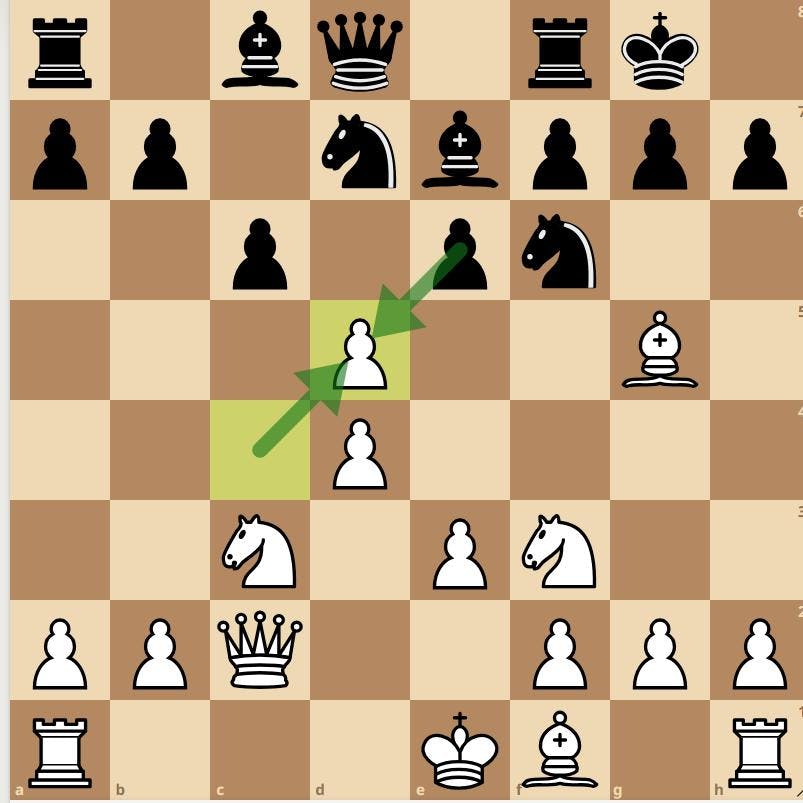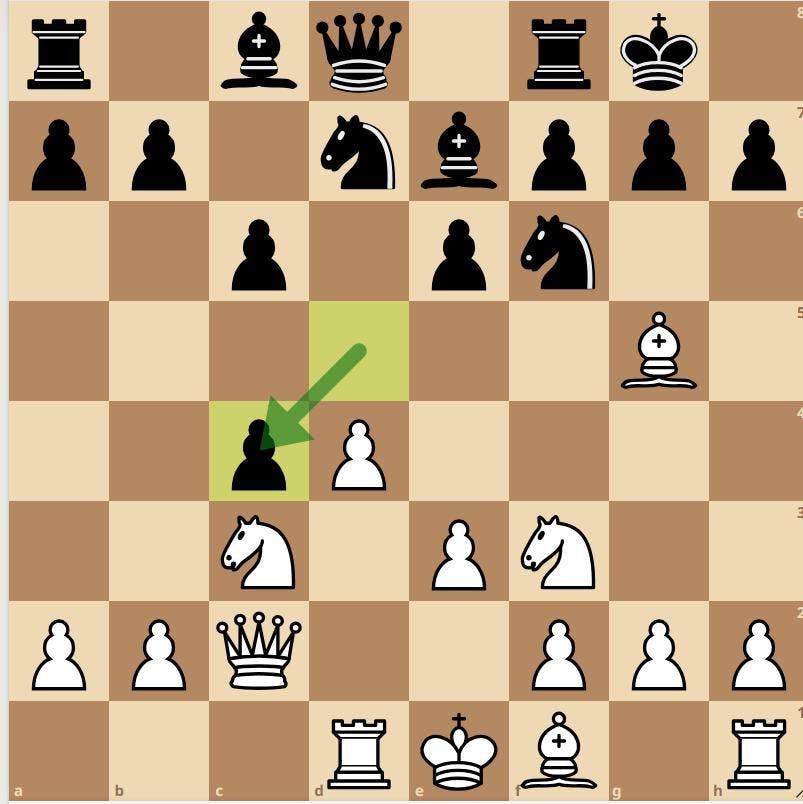
1. White releases the tension

2. Black releases the tension
When opposing pawns have the option to capture each other, but both sides decline, there is tension in the position. When one side captures, the tension is released. Matters are clarified, and the position becomes easier to assess and plans easier to formulate.
In position 1, a standard Queen's Gambit Declined, Rubinstein attack, white has relieved the tension by playing 8. cd. Black now has the luxury of determining the nature of the middlegame. He can either play 8... cd, and give the position a symmetrical flavour, or play 8... Nxd5, offering to exchange dark square bishops and slowly equalise, or 8... ed and directly transpose to the mainline QGD exchange variation.
In position 2, white has played 8. Rd1 instead of 8. cd. Now black releases the tension with 8... dc, changing the nature of the game, so that after 9. Bxc4 there follows either 9...b5 10. Be2/d3 Bb7, developing the c8 bishop and aiming someday to free it with an eventual ...c5, or 9... Nd5, as in position 1.
Generally, the stronger the player, the more comfortable they are keeping the tension in a position.
See: 'Pawn break/lever'.
